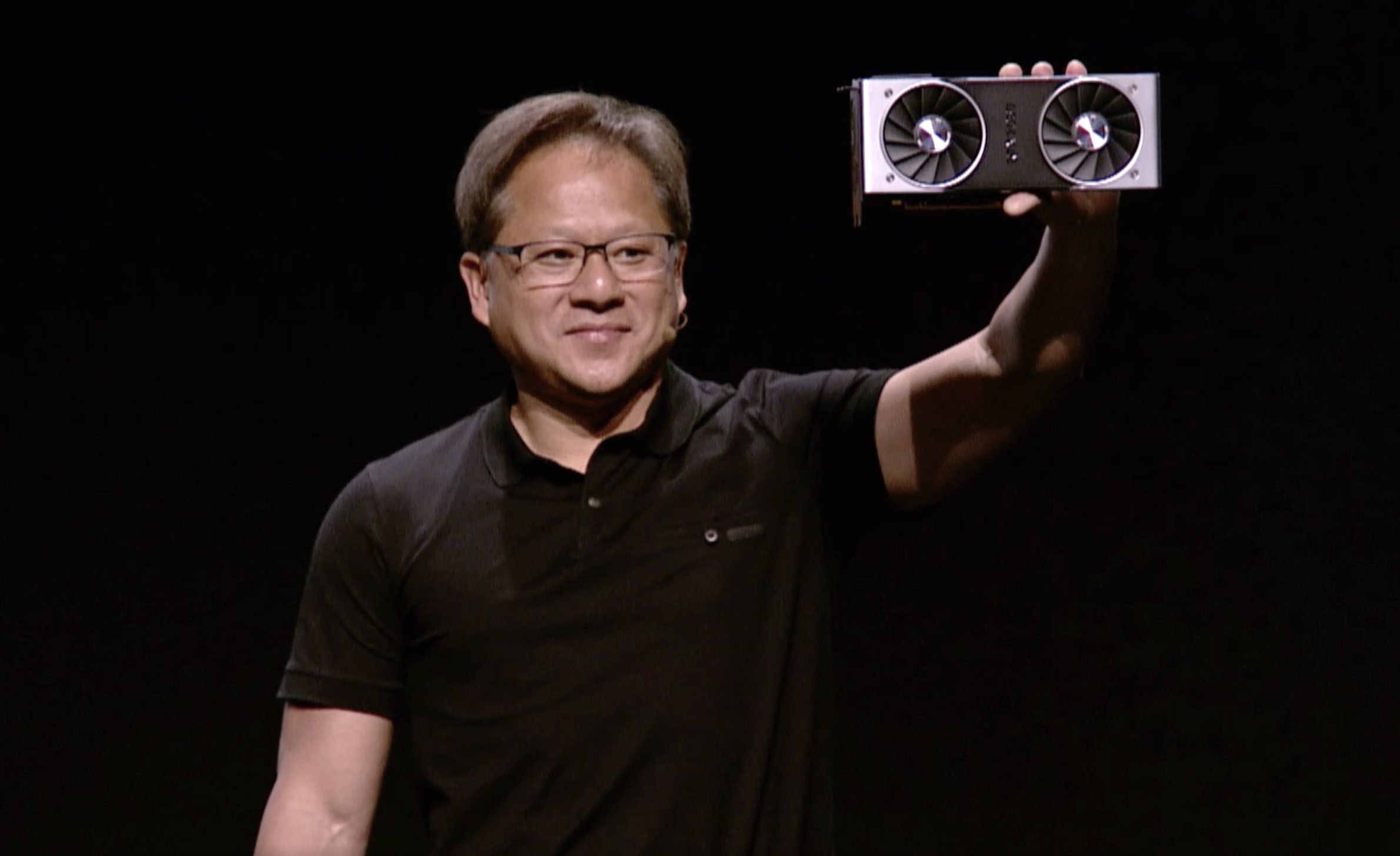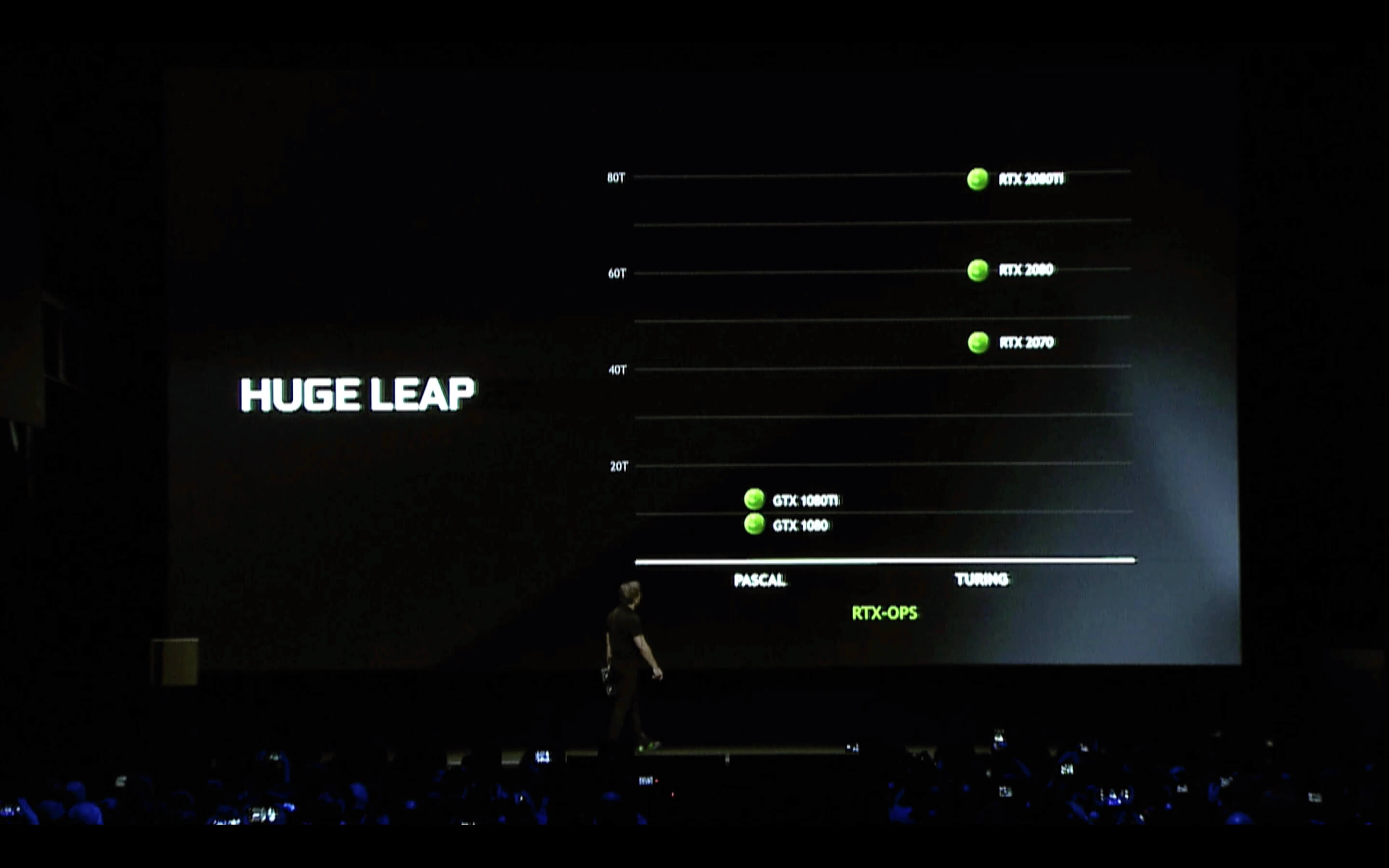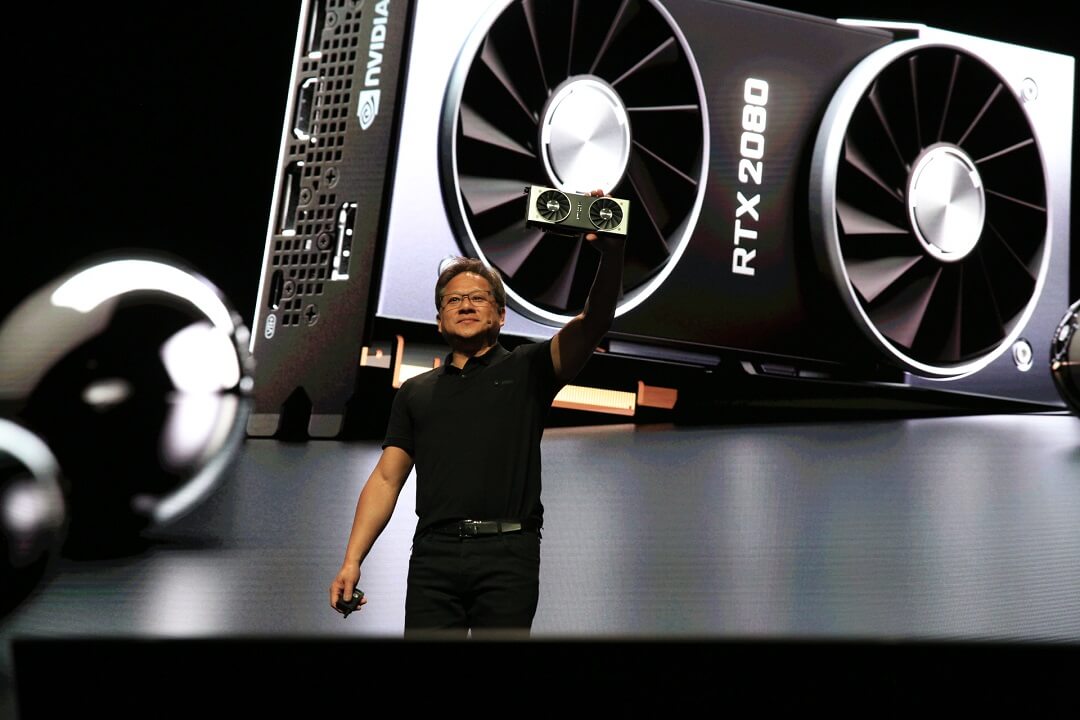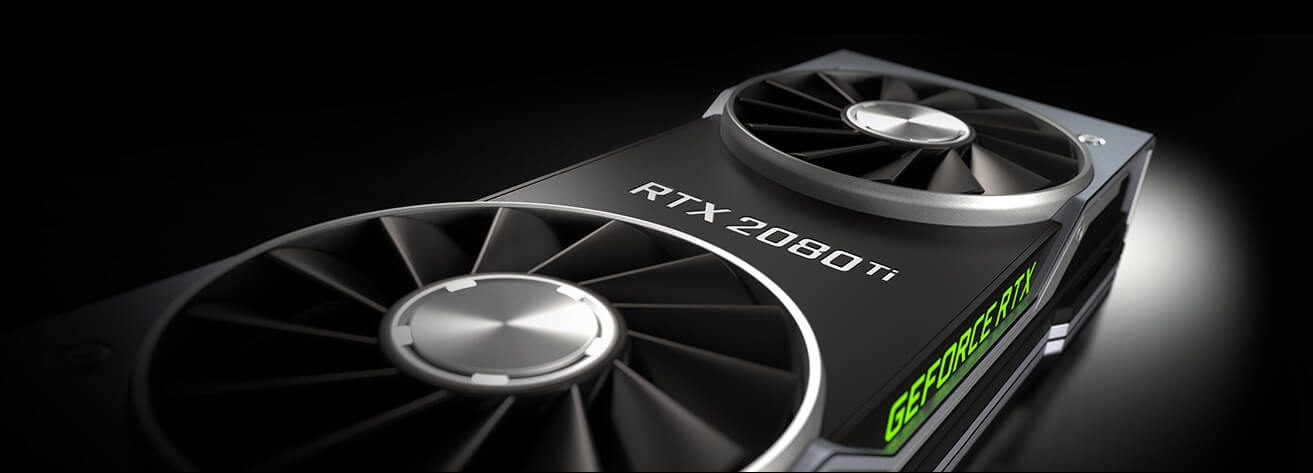What just happened? Nvidia has introduced a line of GPUs based on its Turing microarchitecture, one that will challenge the status quo on image realism and provide gamers with unprecedented eye-candy.
Nvidia has finally introduced the much-hyped next-gen GeForce RTX 20 Series family of GPUs. Taking to the stage at Gamescom 2018, in Germany, Jen-Hsun Huang, the founder and CEO of Nvidia took his sweet time walking the audience through the history and evolution of graphics, building up to this one moment where everything converges on ray tracing, a rendering technique which enables photo-realistic CGI to be rendered in real-time.
To the CEO of Nvidia, this is a landmark moment which will change the face of gaming and visual effects.
10 years of R&D have gone into the development of this graphics chip which, above all things, will introduce a never-before-seen level of realism to games. The ray tracing capabilities of these cards render objects and environments with physically accurate shadows, reflections, refractions and global illumination in ways we've only previously seen in pre-recorded demos or even in Hollywood AAA titles.

At this moment, ray tracing is far too powerful an affair to be the sole engine behind graphics, Nvidia has chosen to optimize its CUDA cores, and using a hybrid approach taking the best of both worlds to render scenes. The optimized raster engine works hand in hand with the ray tracing engine to maximize visual quality.
The new cards also introduce a tensor core cluster which adds machine learning and AI capabilities to the overall image processing, intelligently predicting decision making and steps to improve the image as it is processed in the internal pipeline. The combination of these improvements, says Nvidia, is so complex that a new metric had to be invented, something that they defined as RT Operations.

The new GPUs are based on the Turing microarchitecture, the same which powers its professional line of Quadro GPUs. These are the GeForce RTX 2080 Ti, GeForce RTX 2080 and GeForce RTX 2070. While we shouldn't expect an exponential growth in framerate, there is exponential growth in eye candy, and for a first-generation ray tracing product, it actually shows a lot of promise. Running through a number of game demos, the audience was treated to a spectacle of amazing lighting effects which gave another level of depth to the games.
While not a lot of performance comparison was thrown around, Jen-Hsun did mention that the shaders in the raster engine were 1.5x more efficient than their immediate predecessors in the 10 Series, and if we were to compare ray tracing capabilities, a GTX 1080 Ti would provide 1/8th of the ray tracing power of a Turing GPU.
Jen-Hsun also gushed praise of the in-house designed Founders' Edition cards. According to Nvidia, these cards are factory-overclocked, with advanced power management features. The dual-fan setup also produces 1/5th the noise of a GeForce GTX 1080 Ti, but it also helps that the cards are the first stock vapor-chamber design by the company.

However, the novelty comes at a price. Nvidia is simultaneously launching the "Ti" and standard versions of its flagship graphics card. Something it would usually dole out over the course of a few months, but given the price tag on these devices, you can see why. The GeForce RTX 2080 Ti starts at $999, the GeForce RTX 2080 will start at $699 and the GeForce RTX 2070 at $499.
Nvidia is taking orders now for their Founders' Edition overclocked versions which ship on September 20th, as you can see in the spec sheet below (Founders' Edition values are in brackets):
| GeForce RTX 2080 Ti (FE) | GeForce RTX 2080 (FE) | GeForce RTX 2070 (FE) | |
|---|---|---|---|
| Price | $999 ($1,199) | $699 ($799) | $499 ($599) |
| Launch | September 20th, 2018 | September 20th, 2018 | TBD |
| Architecture | Turing | Turing | Turing |
| Process | 12nm NFF | 12nm NFF | 12nm NFF |
| CUDA Cores | 4352 | 2944 | 2304 |
| RT Engine | 10 Giga Rays | 8 Giga Rays | 6 Giga Rays |
| RTX OPS | 78 Trillion RT OPS | 60 Trillion RT OPS | 45 Trillion RT OPS |
| Base Clock (MHz) | 1350 | 1515 | 1410 |
| Boost Clock (MHz) | 1545 (1635) | 1710 (1800) | 1620 (1710) |
| Memory | 11 GB GDDR6 | 8 GB GDDR6 | 8 GB GDDR6 |
| Memory Speed | 14 Gbps | 14 Gbps | 14 Gbps |
| Memory Interface | 352-bit | 256-bit | 256-bit |
| Memory Bandwidth | 616 GB/s | 448 GB/s | 448 GB/s |
| SLI | NVLink Bridge | NVLink Bridge | - |
| TDP | 250W (260W) | 215W (225W) | 175W (185W) |
| PEG Connectors | 1x8pin+1x8pin | 1x6pin+1x8pin | 1x8pin |
Performance remains to be seen on these cards, but many gamers prioritize framerate over eye-candy, and therefore will expect high-rises in performance. The elephant in the room, however, is AMD. No word, no planned release schedule, and no talk of future architectures since the departure of Raja Koduri for Intel.
